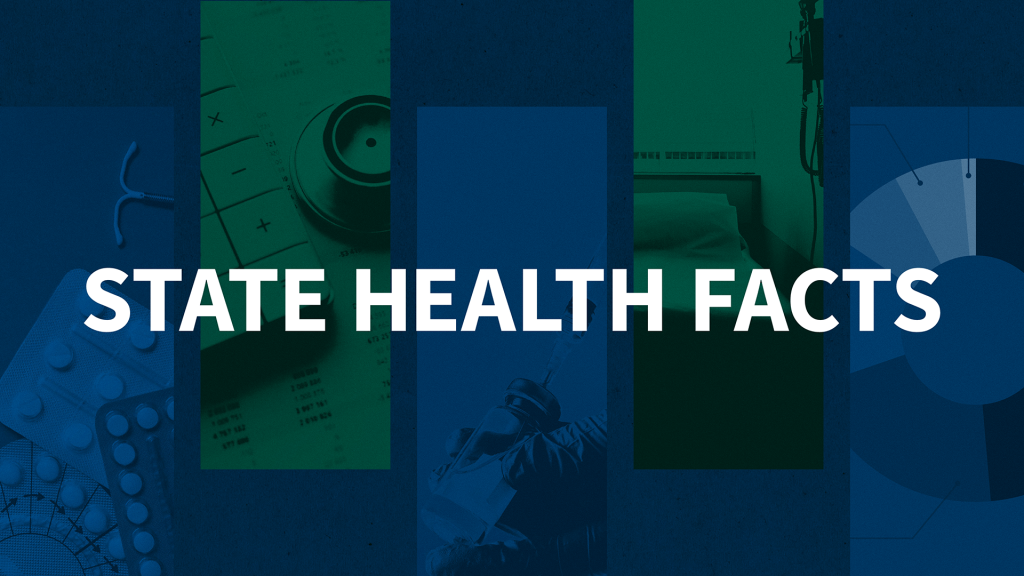Medicaid: Issues and Challenges
Diane Rowland, executive vice president of the Kaiser Family Foundation and executive director of the Kaiser Commission on Medicaid and the Uninsured, testified to the U.S. House Energy and Commerce Committee's Subcommittee on Health on the issues and challenges facing Medicaid in providing health and long-term care coverage for the low-income population. Testimony (.
